Any updates on data from those with SHCS greenhouses?
eciton
8 years ago
Featured Answer
Sort by:Oldest
Comments (73)
hex2006
6 years agolast modified: 6 years agoasimpson_gw
6 years agolast modified: 6 years agoRelated Discussions
SHCS vapor barier question
Comments (13)Hi Velda, My project is still a work in progress, so it's too soon to draw any final conclusions. But here's what I've seen so far. My GH is enclosed, more or less. The polycarb twinwall is up however all of the edge seams are not caulked/sealed yet, as the weather has been too cold for the caulk material to cure. And the upper 16" of topsoil that goes over the SHCS subsoil layer is not there yet either. Basic electricity is wired in, and so I have put the fan on the SHCS plenum, just to see what it can do (at present it is just on a timer for daytime running, no thermostat). On a sunny day, the GH can easily get to 120F with no cooling or venting. Since I've turned the SHCS fan on, the max temp seems to stabilize in the low 90'sF on sunny days. I also am opening the doors to the barn some on warm days, so some heat is going there as well. I've measured the air temp coming out of the SHCS tubes, and it is roughly a 40F drop in temp (although this is with no summer heat stored, e.g. cold ground; if the SCHS system had been working all summer I would expect the temp drop to be less this time of year as the soil would be warmer) On cold nights, the GH seems to stay at outside temps +20 to +30F. Not bad given that there are still open holes to the outside along the seams, the soil heat sink is not all there and wasn't charged up during the summer, and no insulation on the N wall yet. I have not measured sub-soil temps at the various levels in the SHCS layer, but since they started at outside temps (below freezing) when the GH was first enclosed, I don't think the full potential warming effect has been reached yet. From what I have seen so far, I think my expectations of the GH staying above freezing without supplemental heat on all but a few extended cold, cloudy periods is still very possible. I do plan on placing the topsoil in direct contact with the SHCS layer, over the entire surface of the GH floor. The SHCS tubes are backfilled with local sub-soil (mostly decomposed granite here, very minimal clay) and should be usable by plant roots. My planting "beds" will be moveable for the annual plants, and fixed for the few perennial plants which will be there. At this point, the logistics and use of the GH is not defined enough for me to feel comfortable putting in permanent beds. Perhaps after a few years of using the GH I will have a better idea if I want them and where. I also have a smaller GH which has fixed raised beds in it. They work well there, but in this larger space, I wanted to leave the planting space open enough to use power tools (tillers, small tractor, etc) as needed. As discussed above, I do plan on putting a vapor barrier down under the paths in the GH. But since this will be just under the path "paving" it should be simple to move if/when the bed configuration and paths change. FWIW I have seen humidity moving into the GH from the soil, even in the short time I have been running the SHCS fan. On mornings the GH humidity is 60-70%, where our normal outside air (and house) humidity is typically 20-40% in our dry climate. There are no plants or water usage in the GH yet, so this moisture must have come from the ground, moving up into the air overnight, when the fan is off. Hopefully the GH will be fully operational in the next month or so. But I don't think the final results of the SHCS system will be in until a full winter after a summer's charging are in....See MoreDo Not Order From Logee's Greenhouse
Comments (71)Myermike, what ailment did the plants come with that infected your collection? I've sort of got a system where my recently purchased plants are quarantined from the rest of my collection until I feel that they're pest free. Obviously it isn't foolproof, I had a bad case of citrus leaf miner get by me on an orangequat I got from Harris not too long ago. Like you I assume that even nurseries with a supposed spotless record mess up, it's part of the business of shipping living things while also dealing with customers - at least plants are relatively consistent in their behavior. I truly think it's how gracefully a nursery handles the inevitable mess up here or there that matters, along with the value of the stock they offer....See MoreA few pics and data from my HPA system
Comments (15)Grizz, I updated the picture to include a parts list below. Hex, Thanks again for the input. I am avoiding dtw because my system is indoors and I don't currently have much space to put a third container anywhere for the waste solution. But, if I ever run into a larger area I would prefer dtw for the fact that clean solution is only what the plants get, no re-used stuff. As for the calculations, I completely agree, something is not quite right. Its one of those things where I spent a good amount of effort and money to putting this system together, and just the mere fact that it works and grows plants has been amazing to me. But you're right, the accumulator fills way too often. I think the issue may be multiple things. One thing I know attributes to greater flow than 0.8 gph, is that the sprayers I use shoot out streams of water once the solenoid shuts and pressure goes down. This, obviously, increases the amount of flow. Maybe up to another whole second of on time equivalent flow (0.8gph). Moreover, the timer is accurate down to 1 second, however, the solenoid is situated a couple feet worth of hosing before the sprayers, so there is a definite lag time before the sprays shut-off, making the actual on time at least double 1 second. This means, for calculation purposes, 3 seconds on time.1 additional second for the "lag time" between solenoid and sprayers, and another 1 second due to low pressure water streaming out of the sprayheads. Total amount of nutes per day = 12.8gph * 0.1437 hours = 1.839 gal. 1.839 * 3 = 5.517 gallons per day, which is actually fairly accurate as that's how much I gathered the couple days I tried out dtw to test the flow of water through the system. Continuing, the pump should run 6 / 3 = every 2 hours under these new conditions. It actually runs more often(1.5 hours), why?, not sure, but there's maybe less water than expected in the accumulator after filling to 80 psi? How to fix these problems... maybe getting new sprayheads is something I need to consider. What kind do you use? "No drip" nozzles?...See MoreGreenhouse update
Comments (12)Topher, hi there. Having had a greenhouses in our gardens ever since a child, even here in the UK they can get extremely hot. The one we have now can get to 100f easily on a good day, and it isn't in as sunnier a position as the former one we had. Would imagine your temps would easily get way hotter than ours?? As you already realise its far easier to heat one than to cool it down. We have a door at one end and 3 opening windows, plus the roof does not actually fit down to the walls at the front or back for extra ventilation...the gaps are filled with polystyrene blocks during the winter and I also have to use shade cloth. The previous g/h was the best though as it had a door at each end plus roof windows, with this you could get a good through draught and cool the house quicker. Found that hot stagnant air can be a real drain on plants, far better to keep the air moving...so yes the fan would be a great help, esp if placed at the far end to push the hot air out rather than actually 'trying' to cool it. Not sure what type of material you are going to cover it with permanently...my immediate thought is that yours has only the one opening, correct? Would it be practical to make part of the far end panel removeable or 'roll-uppable' as you are using visqueen at first, incase your plants start to overheat? Just a few thoughts from a greenhouse owner of 30 odd yrs!!! Hope you don't mind me chiming in? Am sure you will spend many hours in the g/h and get to grow those lipstick/cocos palms plus lots of others! Enjoy! Gill....See Morehex2006
6 years agoasimpson_gw
6 years agolast modified: 6 years agohex2006
6 years agoasimpson_gw
6 years agolast modified: 6 years agohex2006
6 years agolast modified: 6 years agoEco Systems Design, Inc.
6 years agolast modified: 6 years agoEco Systems Design, Inc.
6 years agolast modified: 6 years agohex2006
6 years agoWill
6 years agohex2006
6 years agolast modified: 6 years agoasimpson_gw
6 years agohex2006
6 years agoWill
6 years agoWill
6 years agohex2006
6 years agoasimpson_gw
6 years agoeciton
6 years agolast modified: 6 years agohex2006
6 years agolast modified: 6 years agogregkn73
6 years agohex2006
6 years agolast modified: 6 years agogregkn73
6 years agoasimpson_gw
6 years agolast modified: 6 years agohex2006
6 years agolast modified: 6 years agohex2006
6 years agolast modified: 6 years agogregkn73
6 years agoasimpson_gw
6 years agolast modified: 6 years agohex2006
6 years agogregkn73
6 years agohex2006
6 years agogregkn73
6 years agoeciton
6 years agolast modified: 6 years agohex2006
6 years agogregkn73
6 years agohex2006
6 years agogregkn73
6 years agoasimpson_gw
6 years agolast modified: 6 years agohex2006
6 years agoasimpson_gw
6 years agolast modified: 6 years agogregkn73
6 years agohex2006
6 years agogregkn73
6 years agolast modified: 6 years agohex2006
6 years agogregkn73
6 years agohex2006
6 years agoeciton
6 years agolast modified: 6 years agohex2006
6 years agolast modified: 6 years agoSolkraft
6 years agoHU-47339220
4 years ago
Related Stories
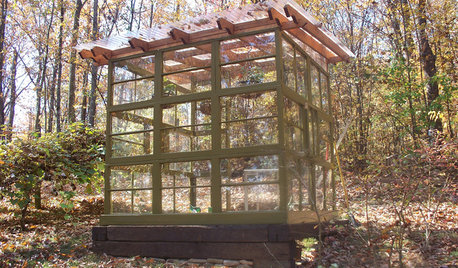
GARDENING AND LANDSCAPINGSee a Family Greenhouse Grown From Scraps
Can-do resourcefulness and less than $400 lead to a new 8- by 8-foot home for plants on a Tennessee family's property
Full Story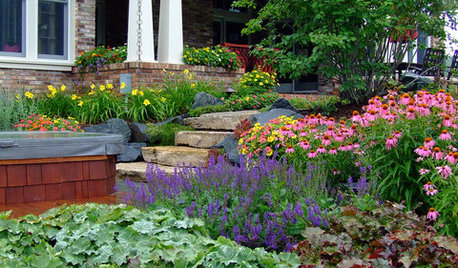
INSIDE HOUZZInside Houzz: New Data Offer Insights on Landscaping Trends
Homeowners are looking to manage water and add more enjoyment to their landscapes, according to a new Houzz survey
Full Story
BEDROOMSInside Houzz: A Guide to Updating Your Master Bedroom
Using data from a new Houzz survey, we share how you can better navigate the task of tackling a bedroom project
Full Story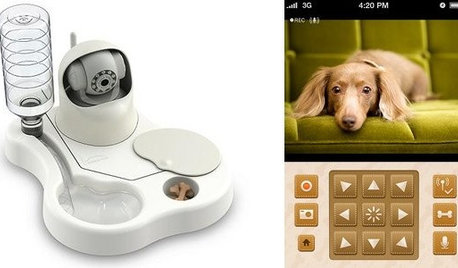
HOME TECHTo Feed and Protect: Care for Your Pet From Afar With New Devices
You might miss the nuzzles, but your dog or cat won't miss food, water or monitoring with these high-tech feeders and cameras
Full Story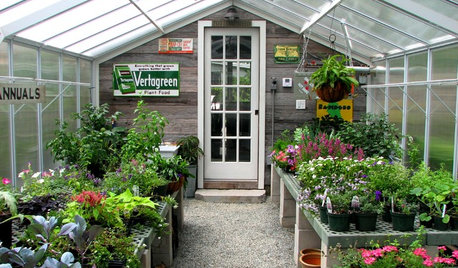
OUTBUILDINGSRoom of the Day: An Old Shed Becomes a Spa and Greenhouse
A garden-loving couple create the perfect place to have a soak and putter with their plants year-round
Full Story
FIREPLACESUpdated Woodstoves Keep Home Fires Burning
Better technology means more efficiency than ever for modern woodstoves
Full Story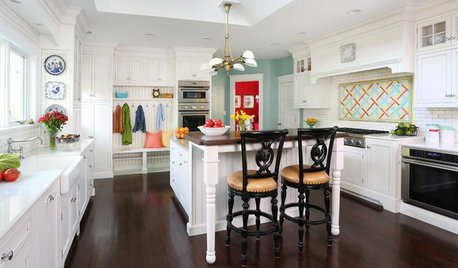
KITCHEN OF THE WEEKKitchen of the Week: Crisp White Cabinets and Room for Family
A Victorian home near Chicago gets an updated kitchen to improve brightness, beauty, function and flow
Full Story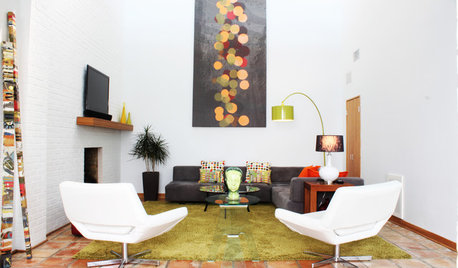
HOUZZ TOURSMy Houzz: Dive Into a Cajun Country Home With an Indoor Pool
Drenched in sunshine from a massive glass atrium roof, this newly redesigned Louisiana home works swimmingly
Full Story
MOST POPULARSummer Crops: How to Grow Sunflowers
Savor snack-tastic sunflower seeds once the radiant blooms have faded — if the birds have saved you any, that is
Full Story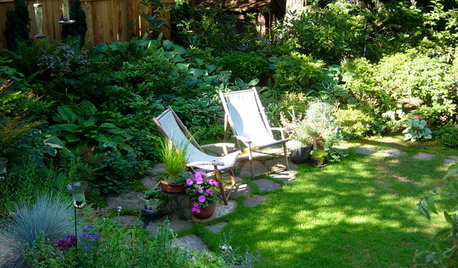
LANDSCAPE DESIGN5 Essential Considerations for a Landscape Design Project
Get your winter garden fix by planning an entirely new landscape or just an update for a single garden stretch
Full Story


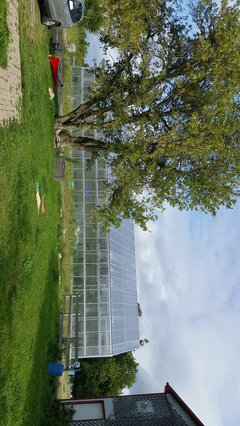
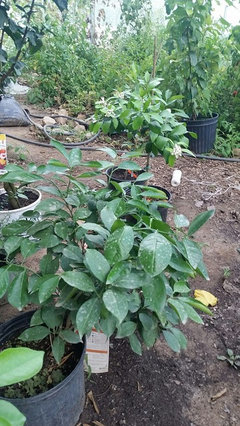
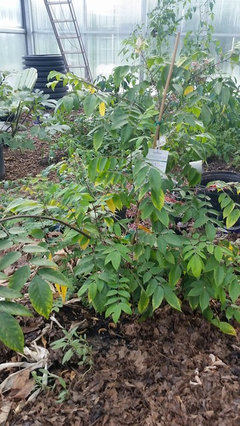
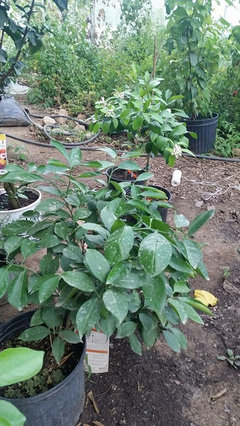
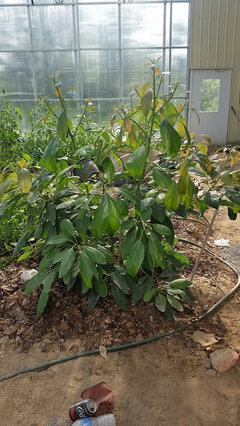
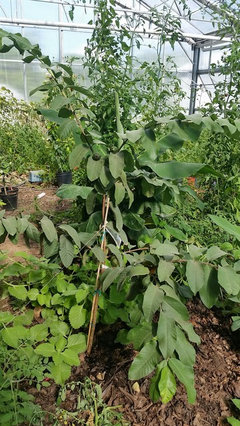
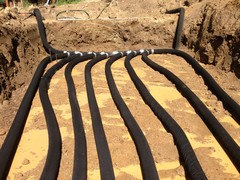
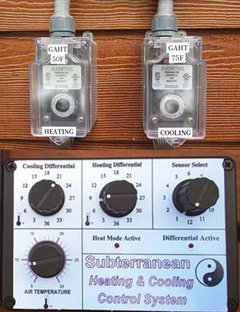
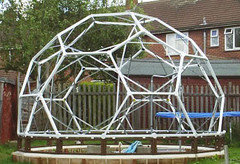

steve333_gw